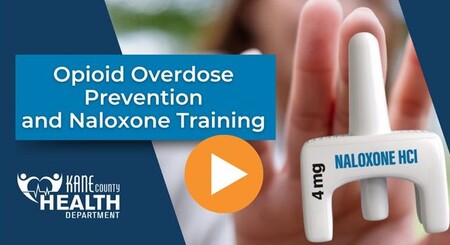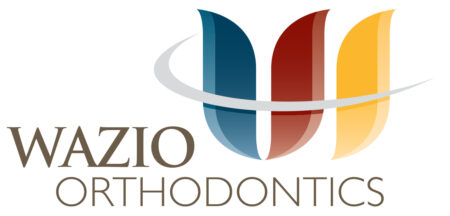By Fox Valley Orthopedics
At some point in our lives, many of us will need to undergo surgery for one reason or another. For individuals in need of orthopedic surgery, the time before and after surgery is a crucial period for patients to help improve their recovery time and outcomes.
This is where prehabilitation and rehabilitation come into play – two terms that are often used interchangeably to refer to different forms of surgery preparation. Here’s a look at the differences between both options your surgeon may recommend, as well as how both forms of physical therapy are used to ensure you are fully prepared for your procedure.
Benefits of Prehabilitation
Prehabilitation (also known as prehab) is a type of exercise and physical therapy that is done before surgery. The aim of prehab is to improve a patient’s overall health and fitness before their operation in order to help them recover more quickly afterward.
Prehab usually involves a combination of strength training, cardio exercises, and flexibility work. It is often tailored specifically to the individual, based on the type of surgery they are having and their current fitness level. For example, someone who is having knee surgery might do different exercises than someone who is having hip surgery.
Prehab can be done with the help of a physical therapist. The key is to start slowly and gradually increase the intensity of workouts as surgery draws near. You should always speak with your doctor to determine what exercises are best for you.

Benefits of Rehabilitation
Rehabilitation (rehab) is another type of exercise and physical therapy that is done after surgery. The aim of rehab is to help patients regain their strength, mobility, and function after their operation.
Rehab usually starts with gentle exercises and gradually gets more intense as the patient’s strength and endurance improve. It often includes a combination of strength training, cardio exercises, and flexibility work. Like prehab, it is often tailored specifically to the individual based on the type of surgery they have had and their current fitness level. Rehab is done with your physical therapist in conjunction with recommendations from your surgeon.
Choices
For the best care possible, both prehab and rehab are recommended. Ultimately, the combination of prehab and rehab can be beneficial in many instances – and your surgeon will make recommendations regarding these important pre-and post-surgery treatments.
The exact approach to your prehab and rehab will depend on a number of factors, including your health and fitness level, the type of surgery you are having, and how quickly you want to recover.
Fox Valley Orthopedics currently has physical therapy locations in Geneva, Elgin, Barrington and Algonquin. To learn more, visit FVOrtho.com, or call (630) 584-1400.
Fox Valley Orthopedics (FVO) provides musculoskeletal care in diagnostic and comprehensive treatment for patients of all ages who have acute or chronic orthopedic conditions or injuries. FVO board certified/board eligible physicians and surgeons are specialized in various areas of orthopedics and draw from multiple treatment options to provide both surgical and non-surgical solutions. Areas of service include foot and ankle, hand and upper extremity, joint replacement, spine, and sports medicine, as well as pain management and rheumatology. FVO’s Ambulatory Surgery Center and in-house imaging also provide cost-effective convenient care, as well as does OrthoFirst, FVO’s urgent walk-in clinic. Fox Valley Orthopedics is a state-of-the-art, state-licensed facility, and is accredited by the AAAHC – Accreditation Association for Ambulatory Health Care. Visit FVOrtho.com, or call 630-584-1400 for more information.








